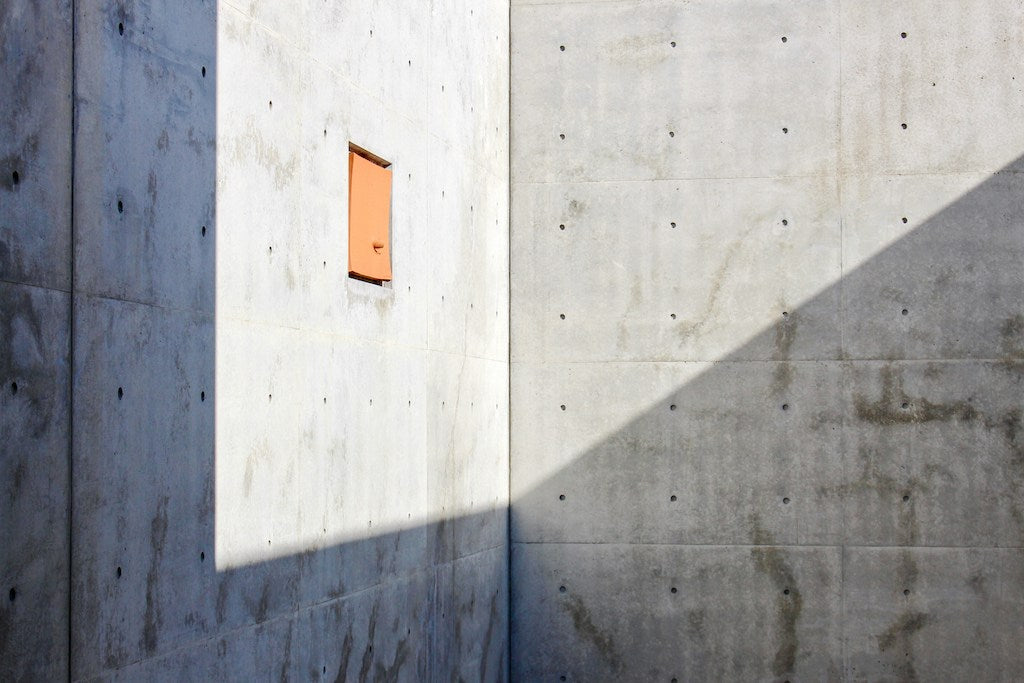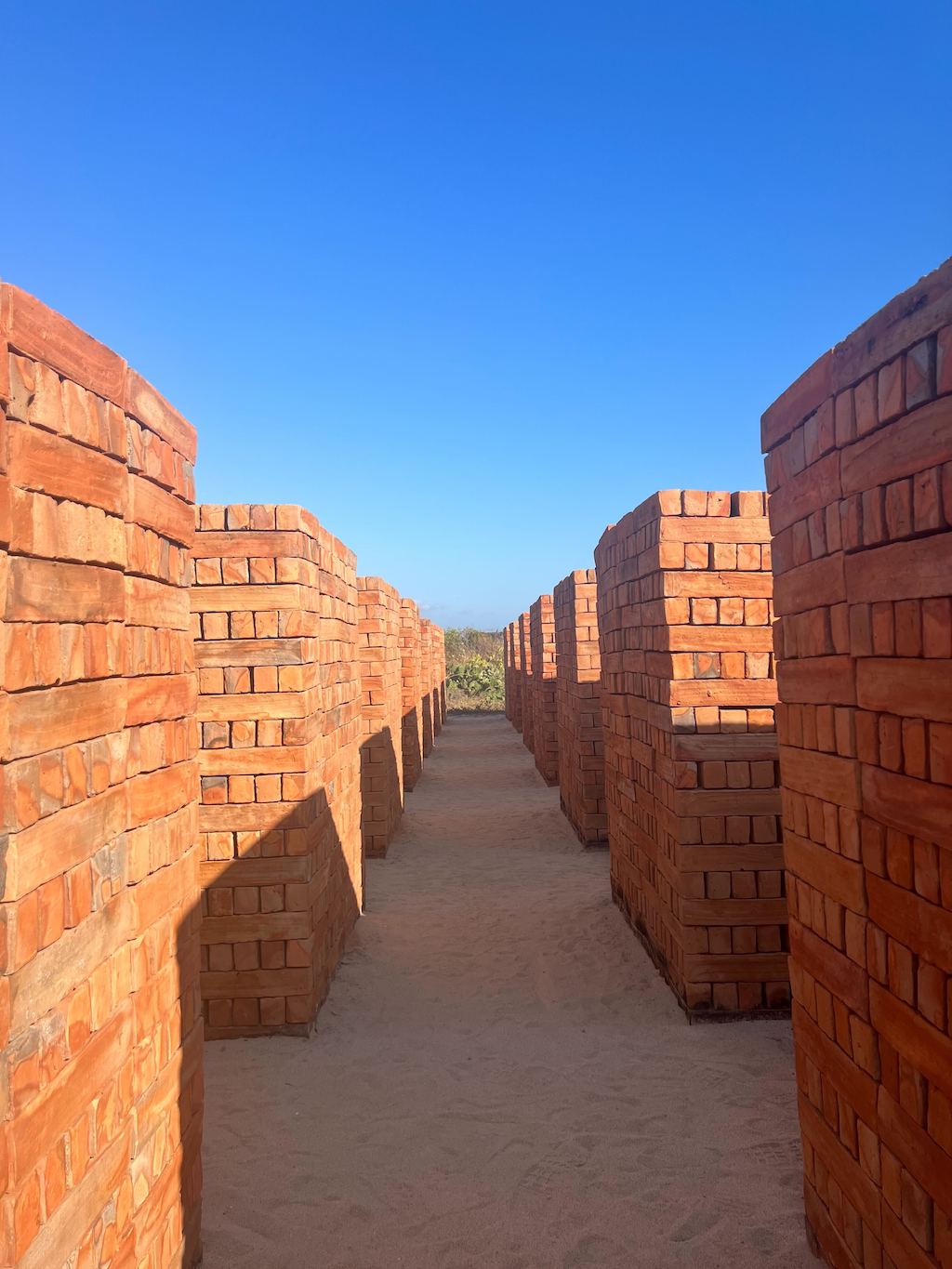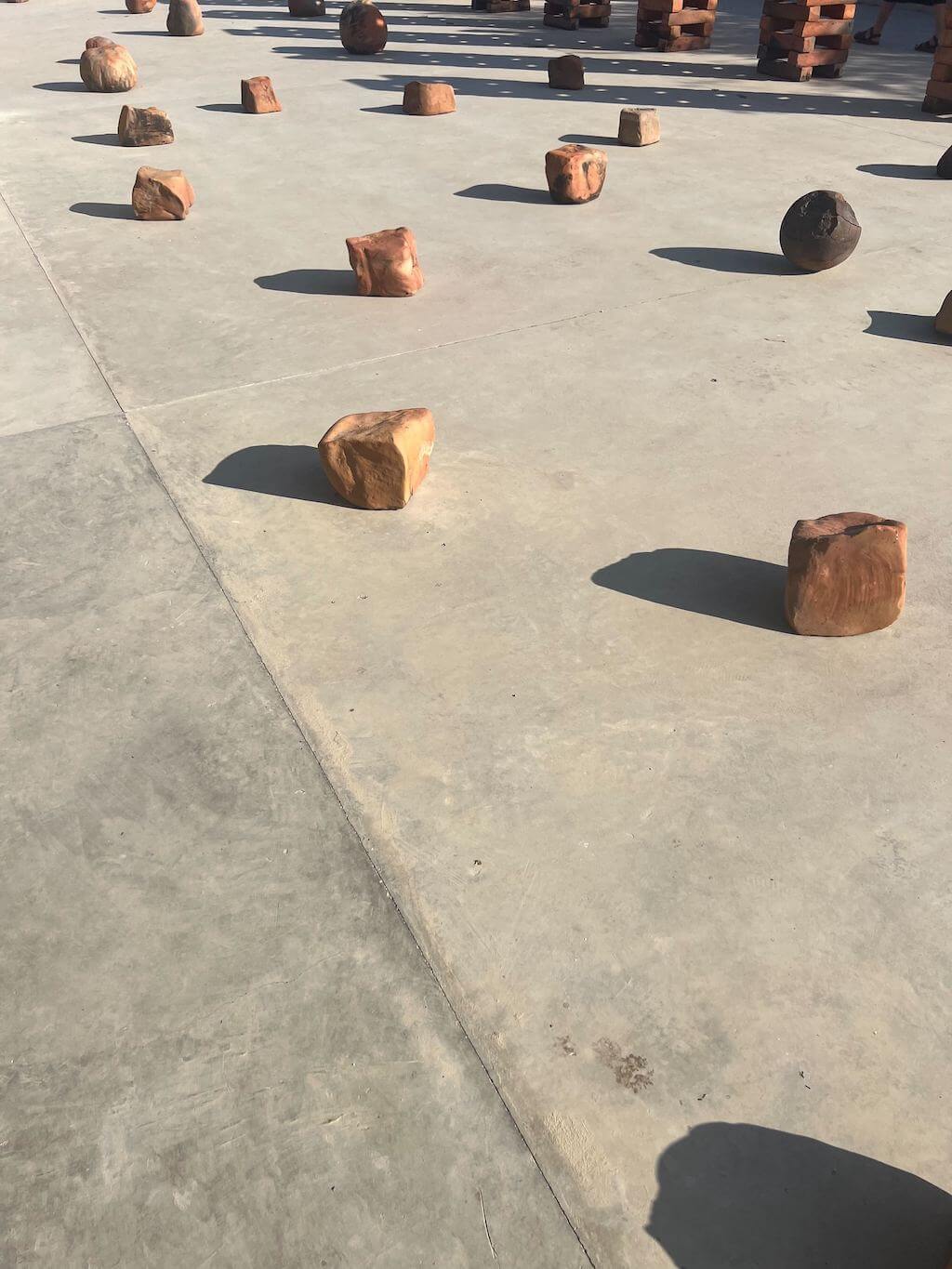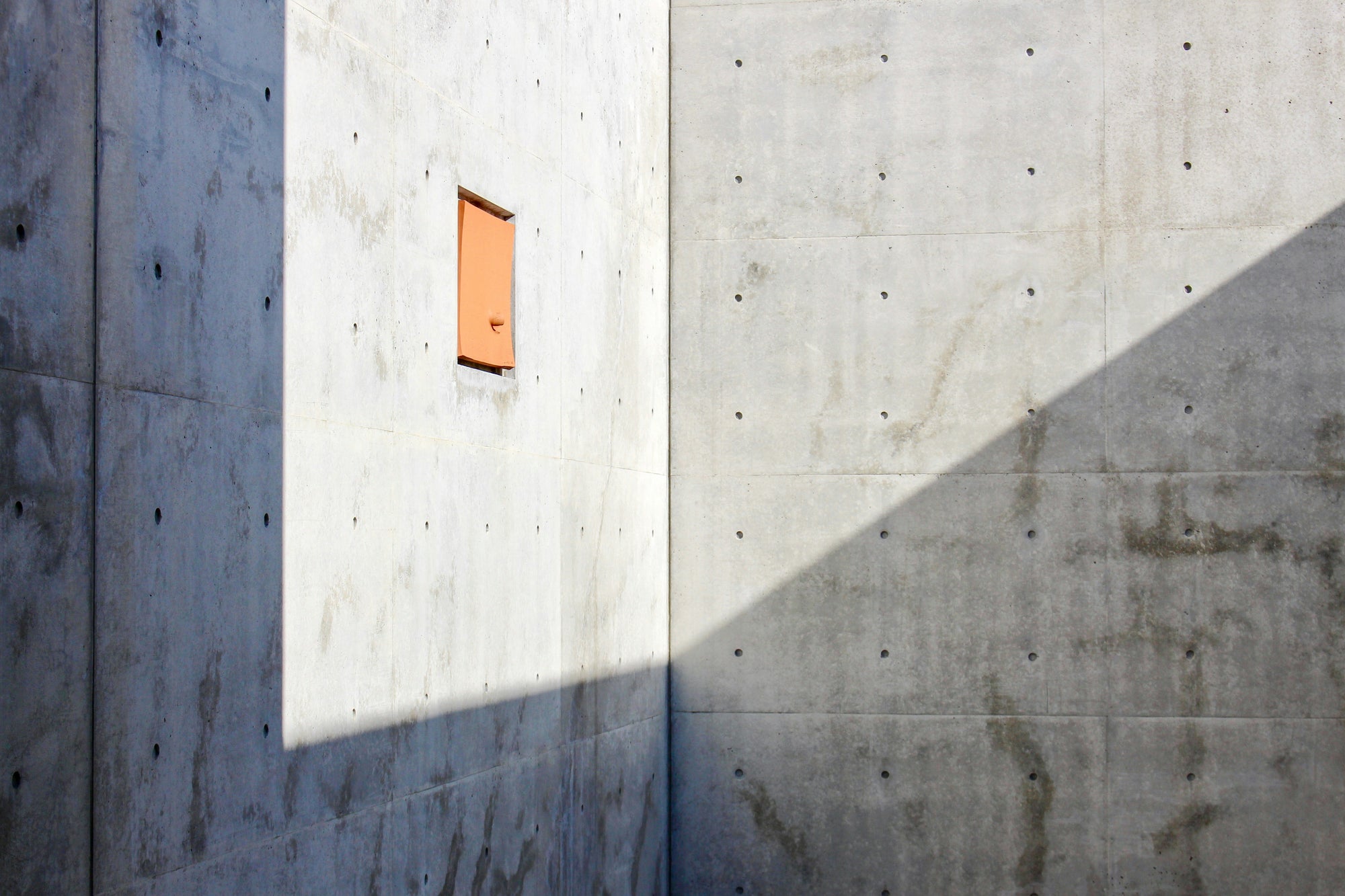Architect Tadao Ando once said: “There is a role and function for beauty in our time.” In a world where we often seek efficiency and practicality, it’s easy to discount the importance of beauty.
But beauty simply for its own sake—whether in art, nature, design, or elsewhere—holds immeasurable value on its own. It reminds us to slow down and appreciate what surrounds us, offers a sense of awe and wonder, and can help reconnect us with what truly matters.

Tadao Ando Gallery, Japan.
Architect Tadao Ando’s work speaks to this, with his projects holding a natural, timeless, and unforced beauty. His architectural work—which spans international locations from coastal Oaxaca to St. Louis to his native Japan—predominantly features the use of reinforced concrete. Ando is also known for bringing in natural elements, such as light and water, as a respected component of the architecture itself.


Casa Wabi, Mexico. Photo Credit: Bonny Clea
CASA WABI, MEXICO
On the coast of the Oaxaca, desert landscape, sits Casa Wabi. A concrete structure managed by the non-profit Fundación Casa Wabi, the space hosts visiting artists, exhibitions, and other arts and culture events. Ando’s work is known for flowing within the landscape and respecting the context, and this holds true at Casa Wabi. The architecture separates both public and private spaces, and plays off the coastal landscape—the light as it changes throughout the day, views of the coastline, and more.
GOODLAND Content and Community Manager Bonny recently visited Casa Wabi. She’s shared a few of her thoughts:
Upon arriving at Casa Wabi, you can immediately sense the convivial feel of what they have built here. Only ten years old, Casa Wabi has already created a community space that’s both an artist retreat and an exploration site for those who are curious.
Oaxaca is known for it's cultural significance and rich biodiversity, and Casa Wabi invites you into the experience and makes it tangible. Take the Observatory—where your eyes are surrounded by infinite sky and ambient sound. Or consider the Compost Pavilion, designed by Paraguayan architects Solano Benitez and Gloria Cobral, where you’re reminded that all matter is eventually returned to the soil.


Casa Wabi, Mexico. Photo Credit: Bonny Clea
The entirety of Casa Wabi invites a personal experience of play and nature. My favourite parts were the resident dogs who would follow visitors along throughout the tour. It almost seemed as if they guided us to notice other aspects that we may otherwise not have.

Benesse House, Japan.
BENESSE HOUSE, JAPAN
Take Benesse House, a museum and hotel in Naoshima, Japan. Off the coast in Japan’s Seto Sea, the island of Naoshima is known as a destination to experience the intersection of art and nature—both of which are present at Benesse House. Like many of Ando’s structures, the structure brings the natural elements and the outdoors into the space itself, with courtyards open to the sky, views of the Seto Sea, and spaces designated for permanent installations that encourage connections to art and to Naoshima itself.
As Ando stated, “You cannot simply put something new into a place. You have to absorb what you see around you, what exists on the land, and then use that knowledge along with contemporary thinking to interpret what you see.”
Naoshima is home to other works by Ando, including the Chichu Art Museum, Rock Sculpture Garden, and the Lee Ufnan Museum.

Genius Loci, South Korea.
GENIUS LOCI & GLASS HOUSE, SOUTH KOREA
On the coast of South Korea’s Jeju Island, Ando’s Genius Loci is envisioned as a structure intentionally designed for meditation. Here, low-rise concrete shapes flow within the natural volcanic landscape of the island. The structure also brings in some walls made from volcanic rock, contrasting the smooth concrete. An open roof in part of the building allows ample light and views to the sky. Part exhibition space, Genius Loci also displays artists works within the space.
Just steps away, Glass House is home to a restaurant offering views of the sea and landscape beyond. The building brings in Ando’s concrete with glass and steel, with a sharp angular design that feels unmistakably modern.



